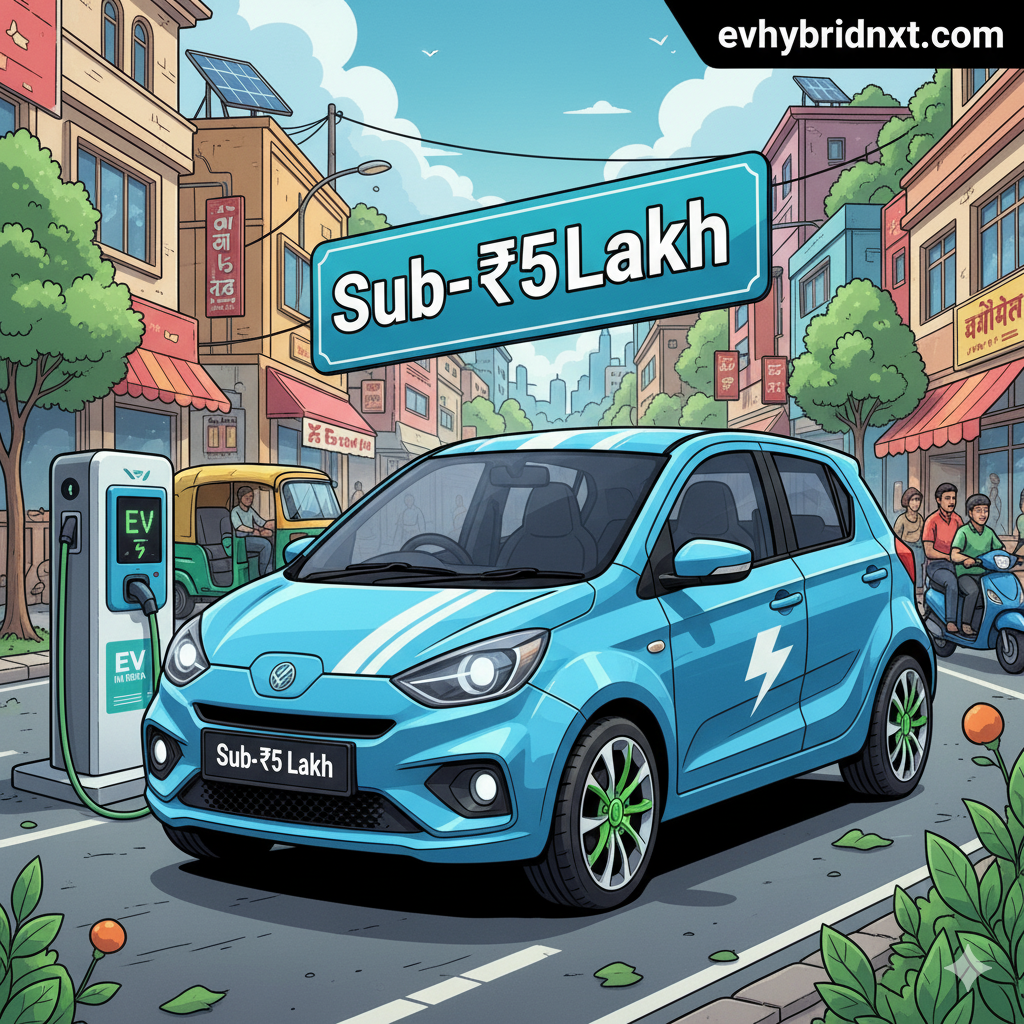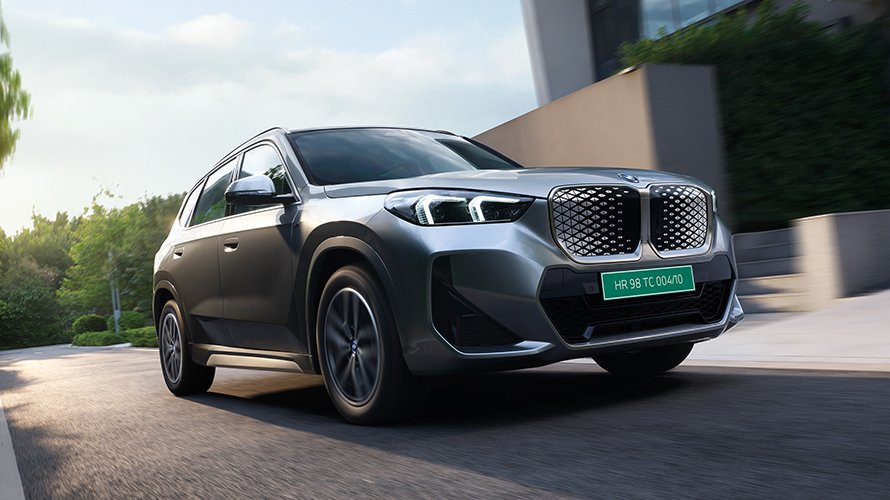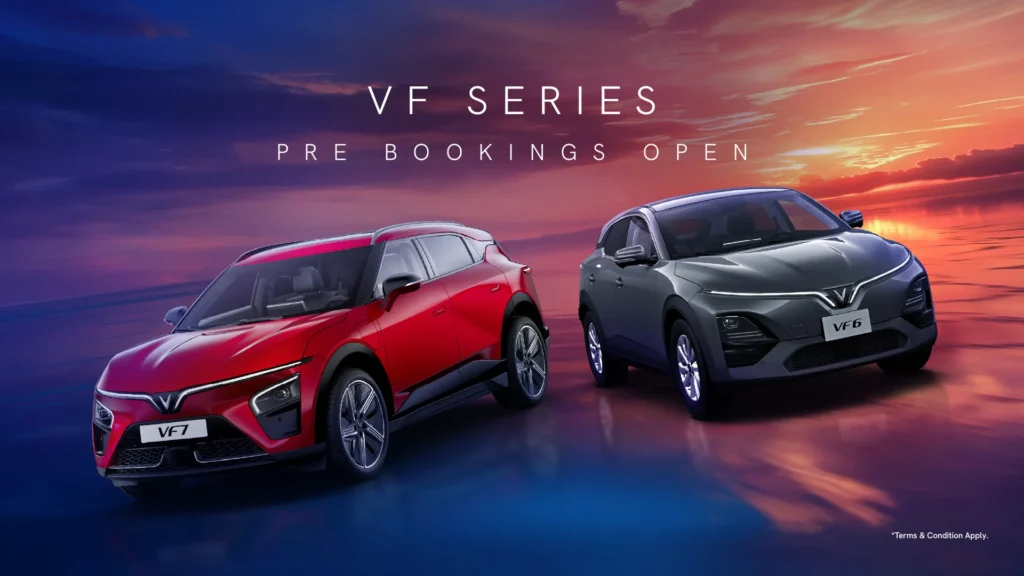India’s electric vehicle (EV) revolution is humming along, with total EV sales surpassing 2 million units in FY 2024-25, fueled by a 34% year-on-year surge in Q2 2025 alone. Yet, when it comes to passenger cars, the green shift remains a luxury lane: electric car and SUV sales barely crossed 90,000 units in the first seven months of 2025, hitting a record 15,423 in July. The culprit? Sky-high entry prices that lock out the masses, who flock to tried-and-true internal combustion engine (ICE) hatchbacks starting under ₹5 lakh. As Maruti Suzuki’s mini warriors—Alto K10, Celerio, and S-Presso—racked up over 50,000 units in recent months, the question looms: Will a breakthrough ₹5 lakh EV car finally ignite mass adoption, or will these petrol sippers continue their sales sprint, stalling India’s 30% EV target by 2030?
In a market where over 80% of car buyers earn less than ₹5 lakh annually, Maruti Suzuki’s entry-level trio reigns supreme. These no-frills hatchbacks, priced from ₹3.99 lakh for the Alto K10, offer unmatched value: peppy engines, low running costs (under ₹3/km), and a vast service network spanning 4,000+ touchpoints. Their sales tell the tale of dominance—totaling nearly 60,000 units across the last six months (April to September 2025 estimates), even as the broader mini-car segment dips amid rising SUV fever.
| Model | Apr 2025 | May 2025 | Jun 2025 | Jul 2025 | Aug 2025 | Sep 2025 (Est.) | Total (6 Months) |
|---|---|---|---|---|---|---|---|
| Alto K10 | 9,867 | 5,606 | 4,970 | 5,045 | 5,910 | 5,520 | 36,918 |
| Celerio | 2,268 | 1,474 | 1,861 | 2,038 | 1,392 | 1,505 | 10,538 |
| S-Presso | 1,788 | 726 | 1,806 | 1,369 | 912 | 1,333 | 7,934 |
| Total | 13,923 | 7,806 | 8,637 | 8,452 | 8,214 | 8,358 | 55,390 |
Despite a 31% year-on-year drop in mini-car volumes to 6,822 units in July, the Alto K10 alone moved 5,520 units in August, outpacing rivals like Tata Tiago by 35%. Recent GST rate cuts have sweetened the deal further, slashing prices by up to 24% on the S-Presso and 20% on the Alto K10, ensuring these models remain the go-to for first-time buyers in Tier-2/3 cities. As one analyst notes, “In a price-sensitive market, ICE’s low upfront cost and fuel familiarity keep EVs on the sidelines.”
Electric cars, meanwhile, are growing—but from a low base. Q2 2025 saw 530,386 total EV units sold, dominated by two-wheelers at 104,306 in August alone (17% YoY uptick). Passenger EVs? A mere 2-3% market share, with the cheapest options like the MG Comet EV starting at ₹6.24-6.9 lakh—still a steep ₹2 lakh premium over an Alto. Tata Tiago EV follows at ₹7.99 lakh, boasting 315 km range but alienating budget shoppers who prioritize ₹1-2 lakh affordability.
This gap hurts: Surveys show 70% of potential buyers would switch if EVs dipped under ₹5 lakh with 200+ km range. Battery costs (40-50% of price) and sparse charging infra (12,000 stations nationwide) compound the issue, leaving rural and urban commuters wedded to ICE. Global trends offer hope—over 4 million electric cars sold worldwide in Q1 2025 (35% YoY)—but India’s auto upcycle to FY30 hinges on cracking the sub-₹5 lakh code.
The good news? 2025 whispers of game-changers. Upcoming models like the Vayve Eva (₹5 lakh, Dec 2025 launch) and Gensol EV Ezio (₹2.99-3.50 lakh) promise to shatter barriers with compact designs, 200-230 km ranges, and FAME-III subsidies up to ₹10,000/kWh. Tata’s rumored Nano EV revival and PMV EaS E quadricycle (under ₹5 lakh) could target urban zippers, while Mahindra’s e2o reboot eyes similar turf. A YouTube buzz highlights a feature-rich ₹5 lakh EV with 230 km range, potentially blending series-hybrid tech for extended usability.
Yet, skeptics abound. “Quadricycles like EaS E skirt ‘car’ classification, limiting appeal,” warns an industry report. Success demands PLI scheme boosts, lithium-ion import duty tweaks, and OEM commitments—echoing Mahindra and Tata’s INGLO platform plays for modular affordability.



